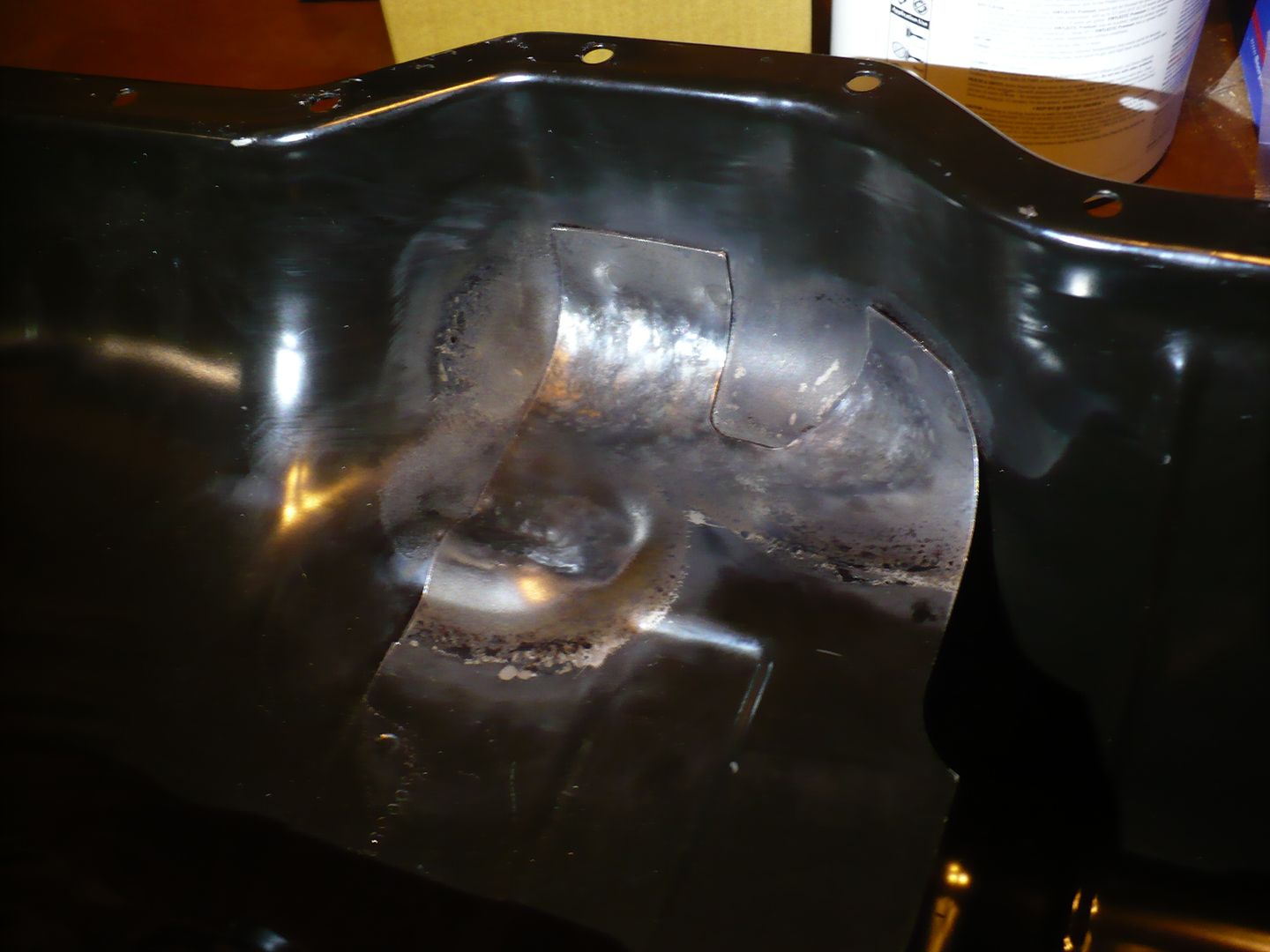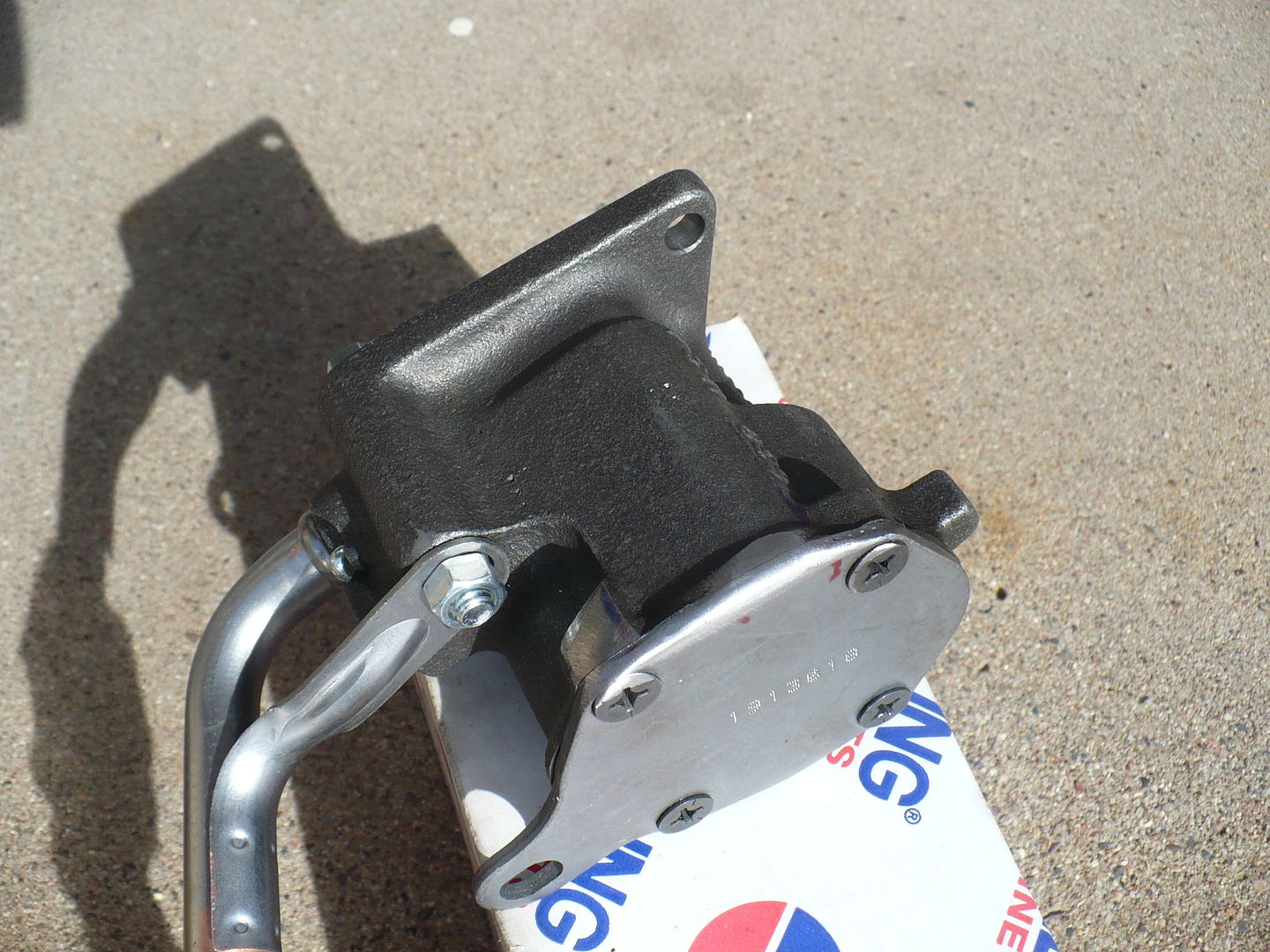Money_Pit_Incoming
NAXJA Forum User
- Location
- PA
Hi, everyone!
I have been reading along, found answers go most of my questions except this one...
First some info:
I have a 1999 2 door cherokee xj 4.0 auto.
I know very little about the history, other than gaskets were changed, Thermostat replaced after sticking closed. Heater core was blocked, I flushed the system and have been working on getting all the maintenance caught up. Odometer shows 144k, but was told carfax shows over 200k (haven't that verified myself). Most recently I found the cause of a mysterious coolant leak to be a cracked head, 0630 casting. Was losing maybe 1qt every 100-200 miles. Oil pressure was great (around 25-30psi at hot idle, 45-50psi driving) until about a month ago when I found the crack. Dropped to about 11psi hot idle and doesn't go above 30-35psi (hits that mark around 2500rpm and won't raise anymore with increased engine speed) verified via mechanical gauge... during the head replacement, I noticed a couple rocker bridges were scored a little and didn't use them. I replaced the head, been driving it for about 2 days as of now.
I know cam bearings are most likely the culprit. I am a mechanic of over 10 years, but currently dealing with a back injury and don't have a place to pull the motor... I also have little experience with jeep 4.0 issues. Everything is done in the driveway at an apartment with no garage. I also am not terribly worried about the oil pressure being an issue now, so much as I want this thing to last many years to come being a project me and my now 2 year old daughter have been working on together for the past year.
Now for the question:
There was tons of sludge, I couldn't get most of it out of the block but am running some flush through. Top end is getting oil. No knocks or rattles, runs great. With the oil pressure maxing out at roughly 30psi hot, is there any chance it's an oil pump issue? (Stuck relief?) I don't understand why I wouldn't get more pressure with higher rpm if it was strictly bearing clearances? Cold start I get 40psi idle, 50psi max raising rpm.
Also the rear main seal has been replaced before I got it, and i suspect it was done improperly like most of the other work I have been correcting.
Opinions? Advice? Anything is greatly appreciated!
If you think there's little chance of it being an oil pump issue, ill hold off going further until I can pull the motor and rebuild properly. If there's a decent chance it's the pump, I'll jump on it now for peace of mind.
I'm sorry for the long post, this is my very first time using a forum and wanted to make sure everything is there!
Thanks in advance!
I have been reading along, found answers go most of my questions except this one...
First some info:
I have a 1999 2 door cherokee xj 4.0 auto.
I know very little about the history, other than gaskets were changed, Thermostat replaced after sticking closed. Heater core was blocked, I flushed the system and have been working on getting all the maintenance caught up. Odometer shows 144k, but was told carfax shows over 200k (haven't that verified myself). Most recently I found the cause of a mysterious coolant leak to be a cracked head, 0630 casting. Was losing maybe 1qt every 100-200 miles. Oil pressure was great (around 25-30psi at hot idle, 45-50psi driving) until about a month ago when I found the crack. Dropped to about 11psi hot idle and doesn't go above 30-35psi (hits that mark around 2500rpm and won't raise anymore with increased engine speed) verified via mechanical gauge... during the head replacement, I noticed a couple rocker bridges were scored a little and didn't use them. I replaced the head, been driving it for about 2 days as of now.
I know cam bearings are most likely the culprit. I am a mechanic of over 10 years, but currently dealing with a back injury and don't have a place to pull the motor... I also have little experience with jeep 4.0 issues. Everything is done in the driveway at an apartment with no garage. I also am not terribly worried about the oil pressure being an issue now, so much as I want this thing to last many years to come being a project me and my now 2 year old daughter have been working on together for the past year.
Now for the question:
There was tons of sludge, I couldn't get most of it out of the block but am running some flush through. Top end is getting oil. No knocks or rattles, runs great. With the oil pressure maxing out at roughly 30psi hot, is there any chance it's an oil pump issue? (Stuck relief?) I don't understand why I wouldn't get more pressure with higher rpm if it was strictly bearing clearances? Cold start I get 40psi idle, 50psi max raising rpm.
Also the rear main seal has been replaced before I got it, and i suspect it was done improperly like most of the other work I have been correcting.
Opinions? Advice? Anything is greatly appreciated!
If you think there's little chance of it being an oil pump issue, ill hold off going further until I can pull the motor and rebuild properly. If there's a decent chance it's the pump, I'll jump on it now for peace of mind.
I'm sorry for the long post, this is my very first time using a forum and wanted to make sure everything is there!
Thanks in advance!



